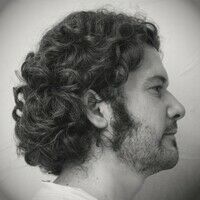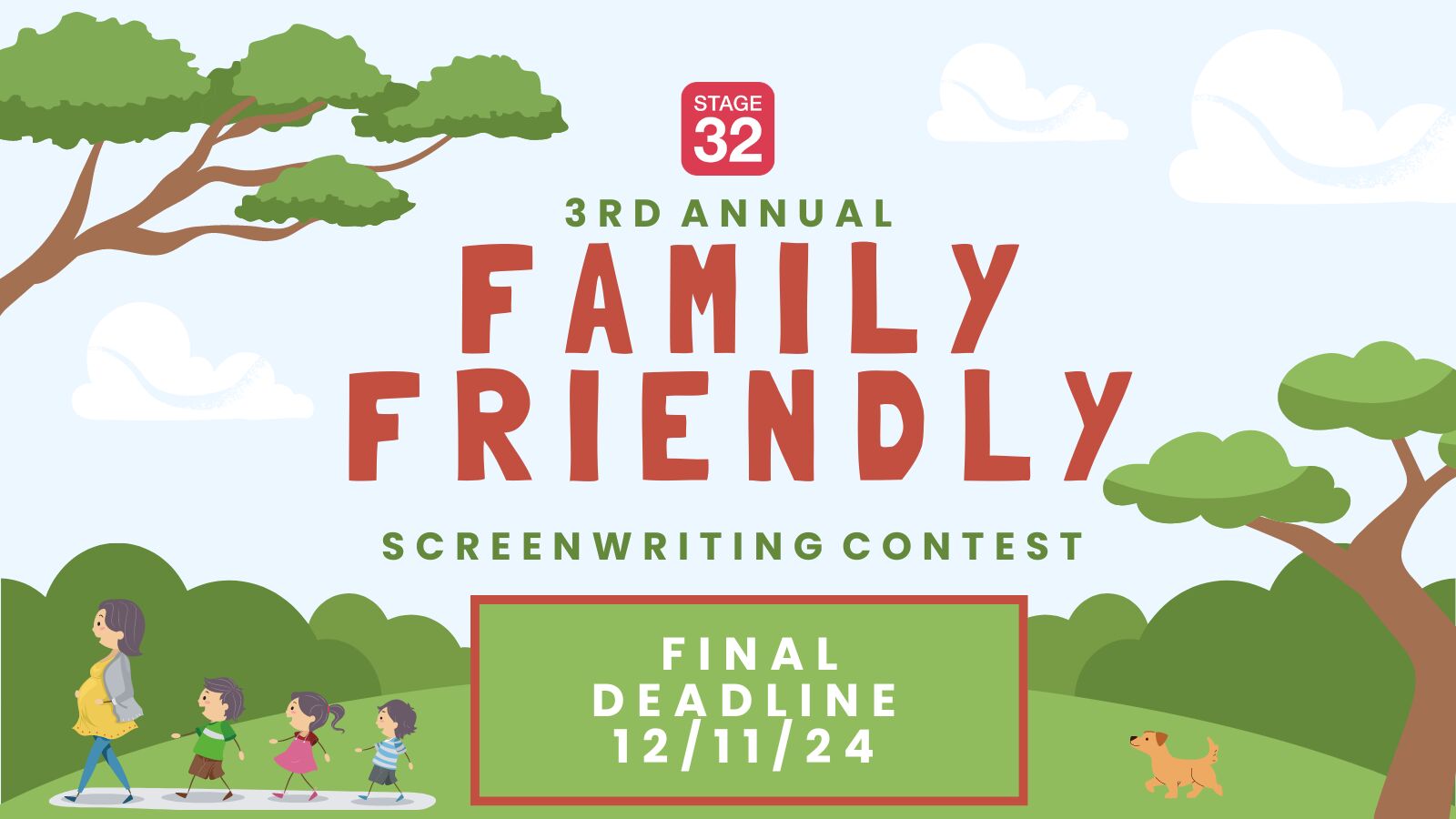I loved watching the making of features on Spongebob Squarepants. Apparently, the creator storyboarded before he even had a script.
Now, I know that's animation, but I think you can't really storyboard too early. I mean, it's an audio-visual medium, right? Unless you're a non-hyphenate screenwriter, just looking to sell a screenplay, then a director is going to want some say on the look of the final product.
Akira Kurosawa apparently went full on, and did an oil painting of each shot.
No, sometimes I find it difficult to storyboard on my own. I'm not the most confident at drawing (if I was, I'd probably be making comics instead of films). But, I do find it pays off, and it's great to try out different angles. Perhaps I'll take some more drawing courses soon.



1 person likes this
I have worked with directors who storyboard everything and those who have it all in their head and go their own way. I think this is kind of similar to those screenwriters who outline and those who don't. It's a personal choice.
You'll primarily storyboard sequences involving the following: action, visual effects and special effects. This allows everyone to be on the same page with an understanding of what's required (you don't storyboard talking head scenes).
I love storyboarding talking head scenes. It stops things from getting repetitive.
Speilburg does rough sketches himself, then has an artist go over them (at least, that's what I understood he did on the Indiana Jones films.)
Some people work with just a shot list, I suppose we can check out your 5'Roadkill to see how that works out.
1 person likes this
I think Storyboards are important tool for the pre production, as storyboard artist.
They give the vision of several shots to the director, before the main photography.
Hitchcock, Kurosawa, and even FW Murnau used them on his films.
Best regards!
Juan A. Valverde
http://designjvm.com
Thanks for all your answers. I'd love to hear from more directors on this.